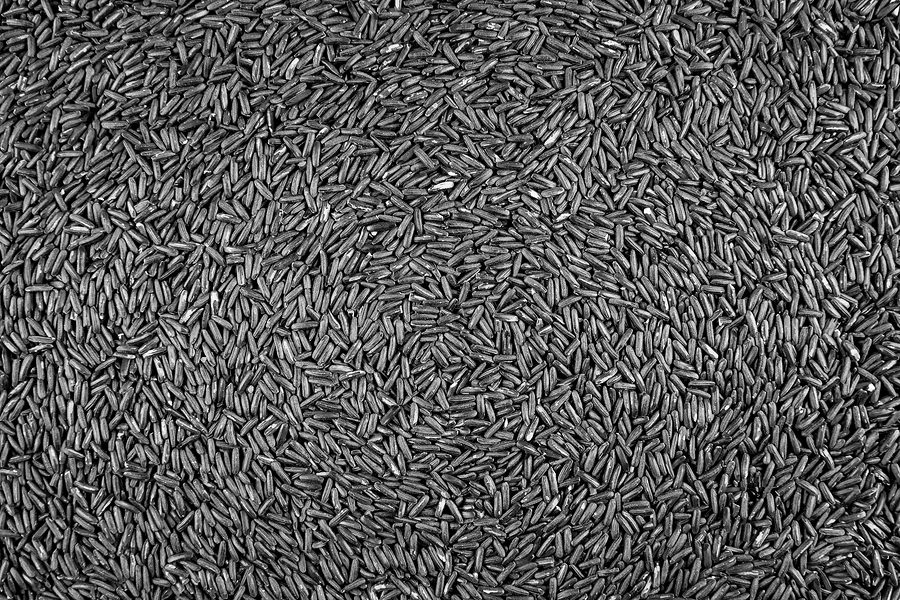
Buckwheat, Amaranth and Black Rice
Often I get questions about gluten-free ingredients and foods. For the first time, I used buckwheat flour in the cocoa lentil bars (my last blog post). Therefore, I researched it, amaranth and black rice. In this post I want to share with you some quick facts about these three nutritious gluten-free ingredients.
Buckwheat
Contrary to popular belief, buckwheat is not a cereal grain, but is a fruit seed related to rhubarb and sorrel. It is gluten-free.
Nutrition and Health Properties
- Buckwheat is a very good source of manganese, and a good source of magnesium, copper and dietary fibre. Magnesium contributes to the heart healthy benefits of buckwheat, since it is involved in relaxing blood vessels, improving blood flow and nutrient delivery, and lowering blood pressure.
- Buckwheat also contains many flavonoids, which have an antioxidant effect.
Overall, diets with buckwheat have been linked with lower total cholesterol, decreased LDL (bad cholesterol) and increased control of blood sugar (1).
Amaranth
Amaranth grains come from the seeds of the amaranth plant, which belongs to the same family of plants as Swiss chard and spinach. It is gluen-free.
Nutrition and Health Properties
- The nutritional composition of amaranth is more similar to dark leafy greens than grains.
- It is a good source of manganese, phosphorus, and polyunsaturated fatty acids. It is also higher in iron, magnesium, and fibre than other gluten-free grains.
Compared to wheat, rice and potato, amaranth has the highest calcium content. Not only does amaranth contain more protein (however not complete protein like quinoa) than other gluten-free grains, these proteins are easily digestible (2).
Black Rice
Black rice is viewed as exotic, but is growing in popularity. Black rice is a type of rice that is high in anthocyanins, which are responsible for the dark purple colour. It is gluten-free.
Nutrition and Health Properties
- Black rice contains a large amount of these anthocyanin antioxidants and fibre, and is a good source of iron and important amino acids.
- It also has a substantial mineral content, and small amounts of vitamin B.
Studies have shown that healthy diets with black rice may decrease the risk of certain diseases such as type two diabetes and heart disease (3,4).
Enjoy these three nutritious gluten-free, along with other healthy ingredients and foods in your meals, snacks and baking.
References
1) Buckwheat. (n.d.). Retrieved February 28, 2013, from The World’s Healthiest Foods
website: http://www.whfoods.com/genpage.php?tname=foodspice&dbid=11
2) Can you tell me about amaranth? (n.d.). Retrieved February 28, 2013, from The World’s
Healthiest Foods website: http://whfoods.org/genpage.php?tname=dailytip&dbid=231
3) What is Black Rice exactly? (n.d.). Retrieved February 28, 2013, from Black Rice website: http://www.blackrice.com/nutrition/
4) Hendrick, B. (2010, August 26). Study Shows Black Rice Is Good Source of Healthy Antioxidants and Vitamin E. Retrieved February 28, 2013, from WebMD website: http://www.webmd.com/food-recipes/news/20100826/black-rice-is-cheap-way-to-get-antioxidants
